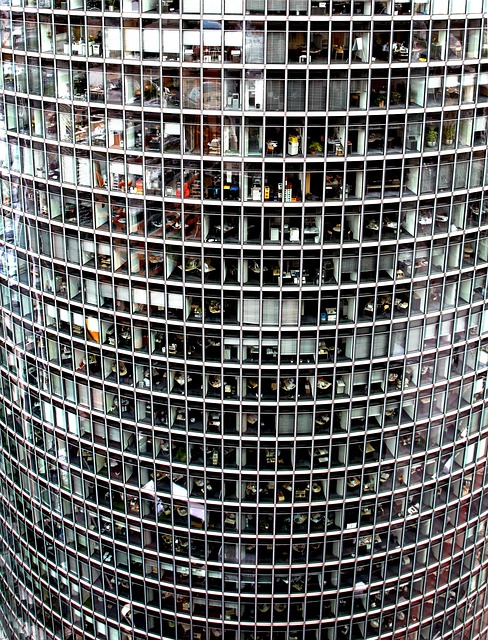In New Bedford, MA, transforming outdoor spaces has never been easier with vinyl fence installation. This comprehensive guide navigates the process from selection to maintenance, ensuring a seamless experience. Discover the diverse vinyl fence types suitable for New Bedford homes, learn how to choose a reputable contractor, understand local permits and regulations, and explore the step-by-step installation process. Finally, master essential maintenance tips to ensure your vinyl fence’s longevity and beauty for years to come.
- Understanding Vinyl Fence Types for New Bedford Homes
- Choosing the Right Contractor: Essential Considerations
- Permits and Regulations: What You Need to Know
- Installation Process: From Planning to Completion
- Maintenance Tips: Ensuring Longevity of Your Vinyl Fence
Understanding Vinyl Fence Types for New Bedford Homes
When it comes to vinyl fence installation in New Bedford, homeowners have a variety of options to choose from. Understanding the different types of vinyl fences is essential for making an informed decision that complements your home’s style and meets your specific needs. The most common styles include privacy fences, typically designed with solid panels that offer maximum secrecy; picket fences, featuring vertical posts and horizontal rails, which provide both aesthetic appeal and security; and post-and-rail fences, ideal for defining property lines or creating a more open, rural look.
Each type has unique features in terms of height, design, and maintenance requirements. For instance, privacy fences are often taller and solid to block out views, while picket fences offer a classic, charming look. Post-and-rail fences can be customized with different rail heights and post spacing. Knowing these variations allows homeowners to select the perfect vinyl fence that not only enhances their outdoor space but also aligns with local building codes and property restrictions in New Bedford, MA.
Choosing the Right Contractor: Essential Considerations
When selecting a vinyl fence installation contractor in New Bedford, MA, it’s crucial to consider several factors. First, ensure they have experience and a proven track record in installing vinyl fences, as this material requires specific skills and knowledge. Request references and view their previous work to gauge quality and craftsmanship. Additionally, check if the contractor holds valid licenses and insurance policies to protect your investment and guarantee professional service.
Reputation is another vital aspect; look for reviews and feedback from past clients to understand their level of satisfaction. Communication is key; choose a contractor who is responsive, provides clear estimates, and offers ongoing support throughout the installation process. A good contractor will also offer customization options to meet your specific needs and preferences, ensuring you get a fence that not only enhances your property but also aligns with your vision.
Permits and Regulations: What You Need to Know
When planning a vinyl fence installation, understanding local permits and regulations is crucial before beginning work. In New Bedford, MA, homeowners typically need to obtain a building permit from the local building department for any fencing project. This requirement ensures that all construction complies with safety and structural guidelines. Before applying for a permit, it’s essential to review the city’s zoning ordinances to confirm your fence design aligns with neighborhood regulations.
Permits often involve specific details like fence height, material type, and placement. Violating these rules can lead to project delays or even fines. It is the contractor’s responsibility to guide clients through this process, ensuring all necessary documentation is in order before starting construction.
Installation Process: From Planning to Completion
The installation process for a vinyl fence begins with meticulous planning and preparation. Contractors start by meeting with clients to discuss design preferences, fence height, style, and the best layout for their property. They consider factors like local regulations, proximity to utilities, and the existing landscape. Once approved, they clear the site, marking out the fence’s perimeter accurately. The team then prepares the posts, digging holes deep enough to ensure stability and setting them in concrete. As the foundation solidifies, they install the fence panels, securing them with brackets and screws.
The final stages involve adding the top rail, gate hardware (if applicable), and any decorative elements. Contractors inspect the entire fence for any imperfections, ensuring a seamless finish. They clean up the installation site, removing debris and ensuring the property is left in the same condition as when they arrived, completing the project on time and within budget.
Maintenance Tips: Ensuring Longevity of Your Vinyl Fence
Regular cleaning and maintenance are key to keeping your vinyl fence in top condition for years to come. Start by sweeping or brushing off any loose dirt, leaves, or debris at least once a week. Use a soft-bristled brush or garden hose to gently remove stubborn buildup, avoiding harsh chemicals or abrasive tools that could damage the fence’s surface.
Inspect your vinyl fence regularly for any signs of wear and tear, such as cracked panels, loose posts, or peeling paint (if applicable). Address these issues promptly by repairing or replacing damaged sections. Keep an eye out for moisture accumulation or water damage, as these can weaken the material over time. Regular maintenance not only enhances the aesthetic appeal of your fence but also prolongs its lifespan, ensuring it remains a durable and reliable boundary solution.
